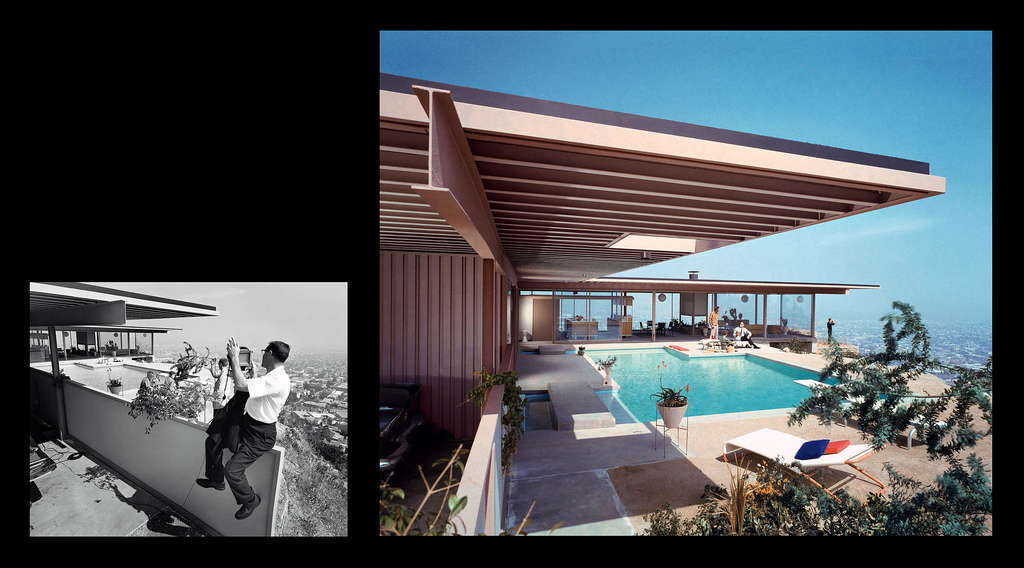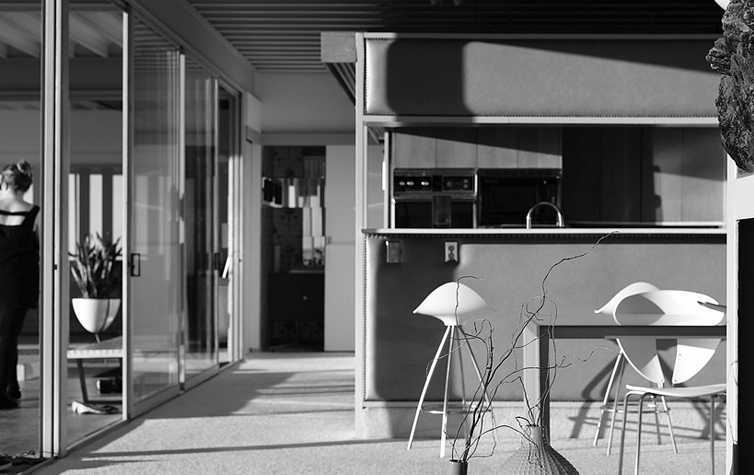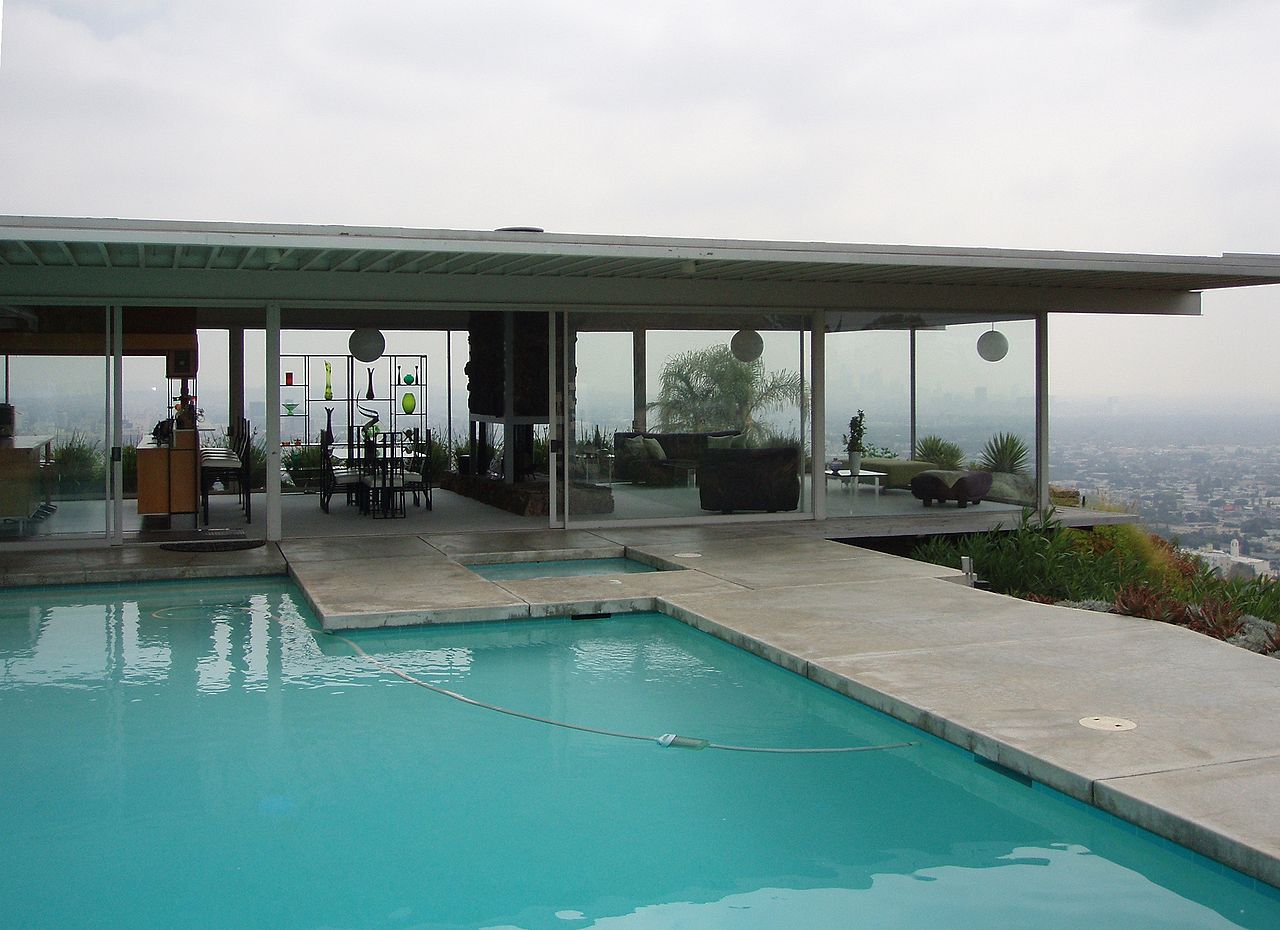
Raphael Soriano was a man of steel, but the nickname does not refer to super strength.
Born in 1901 in Rhodes, Greece, Soriano did not revolutionize architecture in his European hometown — he changed America. Soriano emigrated to the United States in 1924 and studied at University of Southern California’s School of Architecture from 1929 to 1934.
Soriano’s modernist roots can be traced back to interning for Richard Neutra and Rudolph Schindler, architects and rivals renown for their visionary midcentury designs.
Not even the Great Depression stopped Soriano
Ironically, The Great Depression gave Soriano work. After graduating, the County of Los Angeles hired Soriano to work on projects for the Works Progress Administration.
It was these New Deal projects that put Soriano’s hands to work during this era — World War II also paused residential and commercial construction. But that did not mean architecture was dead. Soriano put ideas to paper and sent designs for post-war homes to publications and competitions. Arts and Architecture magazine awarded Soriano’s creative concept of utilizing plywood as a material in his design “Plywood House.” Soriano also lectured at his alma mater, which boosted his credibility when he opened a private practice after the war ended.
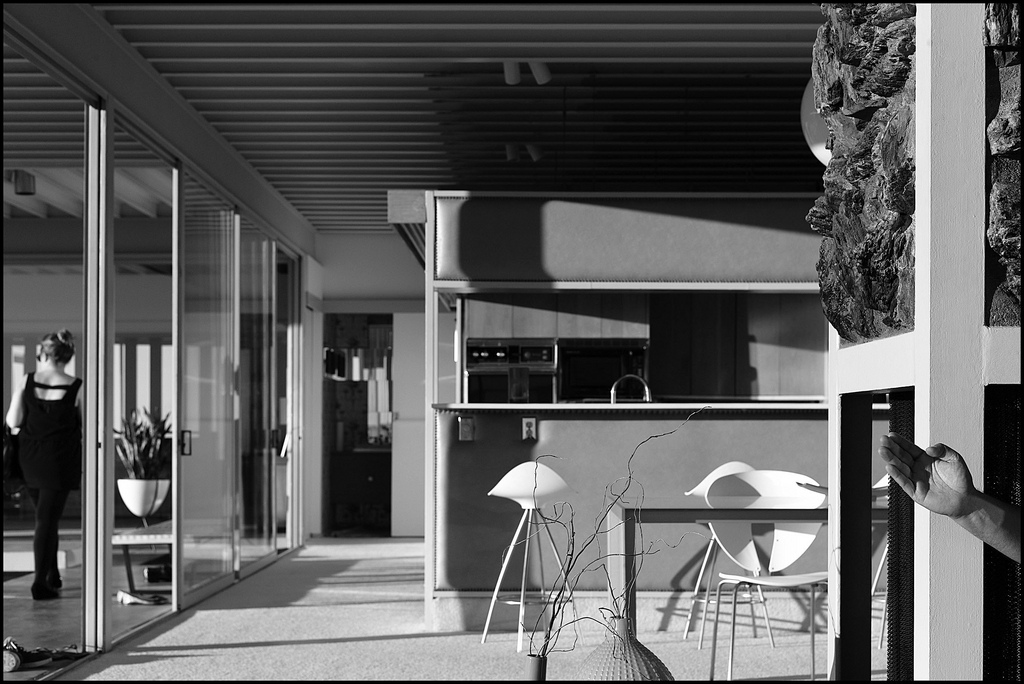
Housing for the lazy
Soriano’s innovativeness was not just limited to plywood. Steel and aluminum were trademarks of Soriano’s designs, revolutionary in an era of wood, plaster and stucco, according to a 1996 story in the L.A. Times.
“At last, a house for people who hate to paint,” the story quotes from the headline of a 1964 story in the Times.
Thanks to Soriano’s experimental but well-received proposals, Arts and Architecture magazine invited Soriano to design a home in the Pacific Palisades. The magazine extended the invitation as part of its Case Study Homes program — a program specifically designed for experimental architecture, perfect for Soriano’s mediums. Architect Pierre Koenig also adapted Soriano’s designs to create Case Study Home #21, the Bailey House, and Case Study Home #22, the Stahl House.
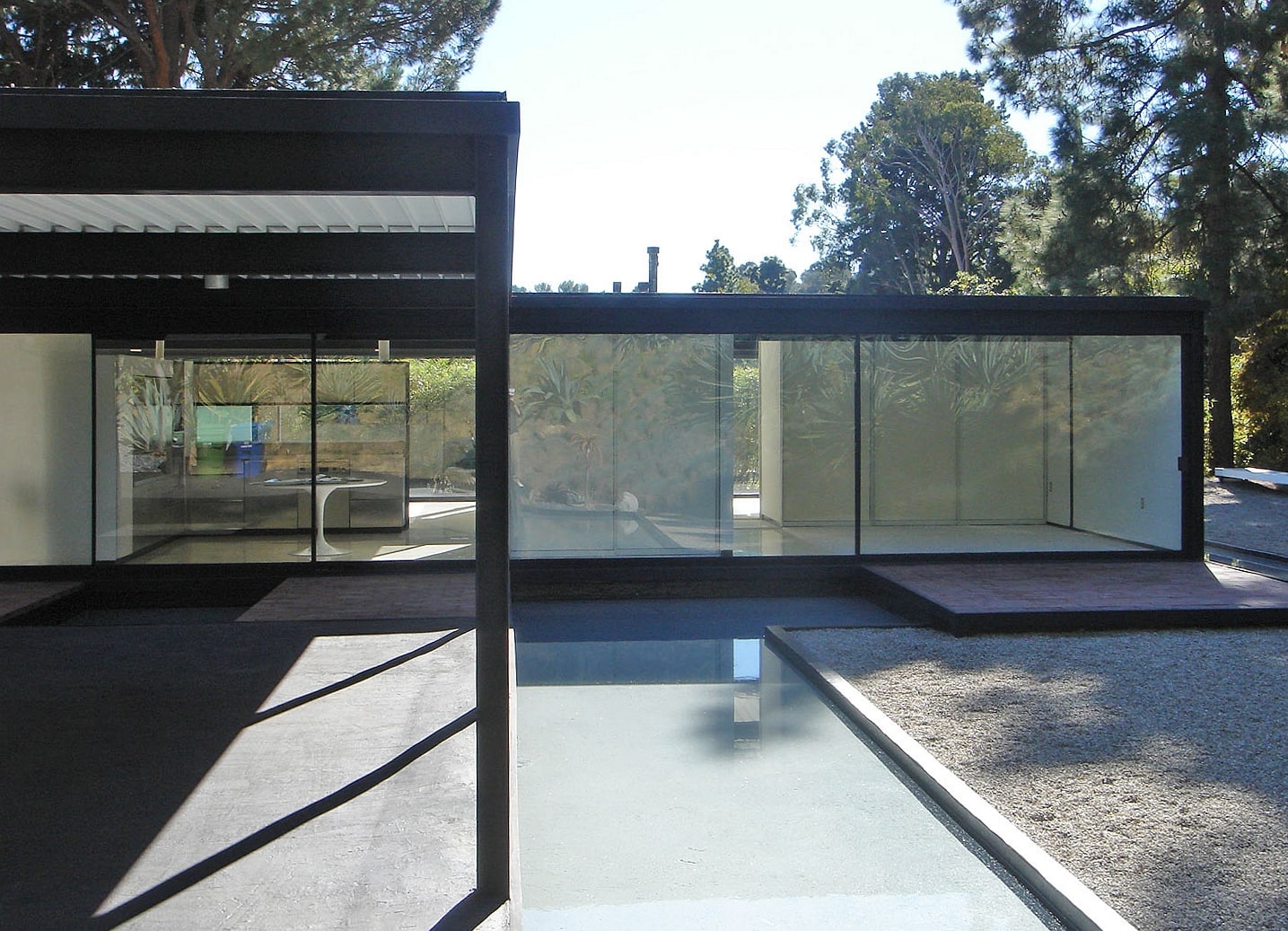
Legacy
Soriano left a legacy of homes that would never need the touch of a paintbrush, like the Shulman House in Hollywood Hills, notable for Soriano’s specialty: a generous amount of steel and glass. Combined with its flat roof, a signature trait of modernist homes, the Julius Shulman House serves as one of the pioneer models of the midcentury home movement. It is now a city landmark.
The metal architect did not end his legacy in California, the state which houses almost all of his work. It concluded thousands of miles away on the island of Maui, Hawaii, where Soriano designed eleven All-Aluminum homes in 1965.
With a Distinguished Achievement Award from the AIA and a Distinguished Alumni Award from USC, Soriano used his final years to travel the world as a lecturer, writer and researcher. He returned to his second home, California, to pass away in 1988 at the age of 83.
